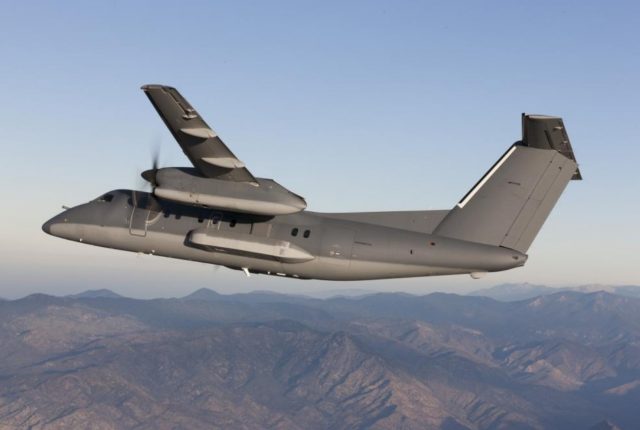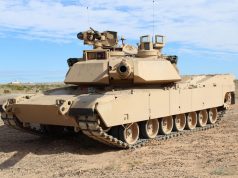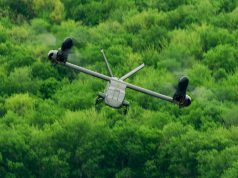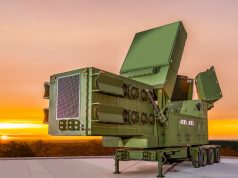
The US Army’s Saturn Arch Quick Reaction Capability (QRC) aircraft have completed their Middle East mission, performing the final flight on July 31.
The flight marked the end of a decade of counter-IED (improvised explosive device) missions for the Dash 8 aircraft that scoured Middle East roadsides for IEDs under the direction of Project Director Sensors-Aerial Intelligence (PD SAI).
Initially developed by Joint Improved Explosive Device Defeat Organization (JIEDDO) to support emerging immediate requirements in CENTCOM in the beginning days of the operation Inherent Resolve (OIR) and operation Enduring Freedom (OEF) conflicts, the Saturn Arch program’s advanced geospatial intelligence (GEOINT) capabilities included hyperspectral, electro-optical/infrared (EO/IR), and high-resolution imagery (HRI) sensors.
Since the program transitioned to the Army in 2012, PD SAI has worked with the user community and partner program offices to maintain and build upon the performance of the Saturn Arch hyperspectral and GEOINT sensor capabilities. Under the Army’s management, the program proved to be one of the most highly sought-after assets in CENTCOM, according to the service.
“The Saturn Arch QRC program was so successful that the Army funded it to build up to a fleet of 10 total aircraft over the past 10 years,” said Michael Payne, product manager Medium Altitude Reconnaissance and Surveillance System. “Additionally, the Army successfully enhanced the sensors and architecture of the system to enable remote processing, exploitation, and dissemination capabilities of the hyperspectral and GEOINT data collected on the platform allowing personnel on the ground to perform near real-time data analysis enabling intelligence products being more rapidly provided to the warfighter.”
Managed by Leidos, the DHC-8 fleet provided aerial intelligence, surveillance, and reconnaissance capabilities for more than 10 years. In the end, the operations resulted in about 72,500 mission hours flown and more than 18,000 intelligence products generated saving countless warfighter lives.
As the drawdown in CENTCOM occurred, the Saturn Arch sensors and aircraft were slowly retrograded from theater. With the Army’s change in focus to Multi-Domain Operation requirements, PD SAI is working with the US Army Combat Capabilities Development Command and development lab partner communities to transition the sensor capabilities to other efforts.


























